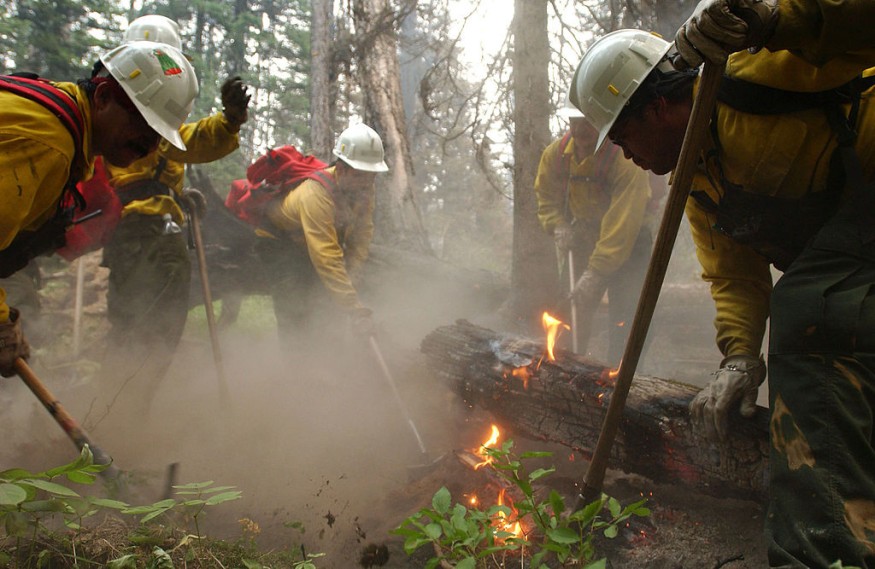Researchers discovered that fire activity was more than believed in Oregon's Cascade Range Forests between 1500 and 1895 after they analyzed samples from 311 dead trees.
The research findings were published in the Ecosphere journal. Climate change can rapidly bring extreme weather events, from heatwaves, wildfires, drought and hurricanes. The hotter temperatures can help ignite deadly wildfires in US forests due to drought, dry conditions and strong winds.
Understanding wildfire activity can help researchers develop insights, policies and disaster plans for preventing devastating wildfires in the country. It can provide protection and adaptation efforts to avoid frequent fires, especially in drought-stricken areas.
Oregon's Cascade Range Forest Fire Adaptation

In the new report, the researchers analyzed the fire occurrence over the Cascade Range in Western Oregon, including in the Douglas-fir-dominated forests. They discovered the frequent fire in the Pacific Northwest, especially in the Western Cascades.
The findings will be helpful with the mitigation strategies amidst the increasing problems of rising temperatures and climate change. Raging wildfires can cause devastating damage to properties and wildlife.
Researchers from the Oregon State, U.S Forest Service and University of Oregon observed the samples from 16 sites. The samples from 311 dead trees were also analyzed.
According to the report, they collected and cross-dated about 147,588 tree rings. The tree samples included the ponderosa pine (13%) and Douglas-fir (73%).
They found about 627 cambial injuries, of which 479 were reportedly fire scars. The findings became helpful for researchers to unearth the more frequent fire in the Western Oregon Cascades between 1500 and 1895.
Furthermore, the indigenous community played a significant role in the alteration of landscapes due to their ways of fire management. The researchers also located the Pacific Northwest.
Resilience to the climate change effects will prevent the devastating aftermath of wildfire in Oregon. Communities should also stay updated with the weather and wildfire forecasts. The prolongd drought and dry conditions can also unleash more frequent fires.
Also Read : US Pacific Northwest Forests Suffer from Climate Change Effects, Growth Decline, New Report Warns
US Pacific Northwest and Climate Change
In a recent NWN report, some of the trees in the Pacific Northwest are threatened by climate change, pests and drought. Researchers observed the health of trees in the region, urging for tree resilience.
Rising or hotter temperatures pose significant problems for tree survival against global warming. The said trees can experience reduced photosynthesis, loss of transpiration and leaf loss.
Without urgent efforts, trees can experience slow growth, especially Douglas fir mortality. Meanwhile, hikers or homeowners should observe fire bans, and avoid using flammable materials that can ignite deadly fires.
Related Article : November Reaches Record-Breaking Heat Six Month Straight, Report Warns
For more similar stories, don't forget to follow Nature World News.
© 2025 NatureWorldNews.com All rights reserved. Do not reproduce without permission.





